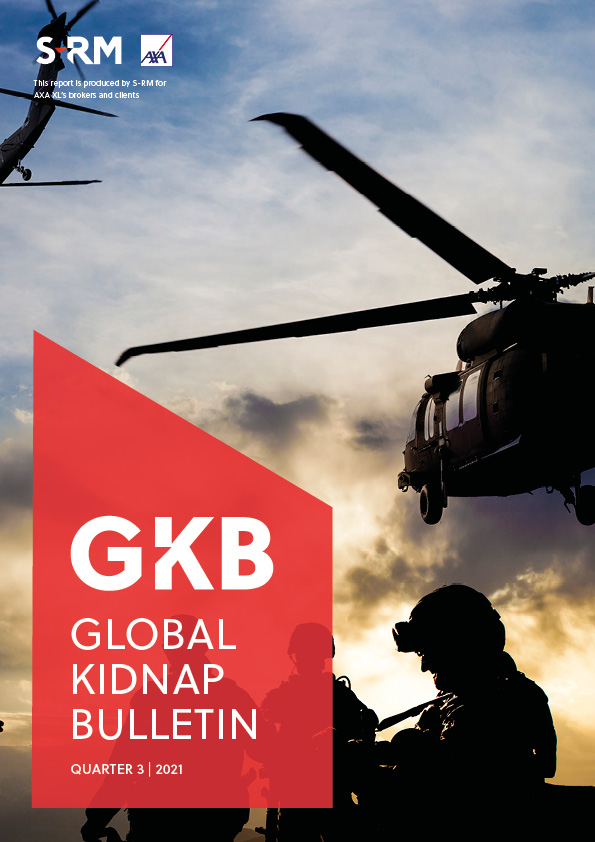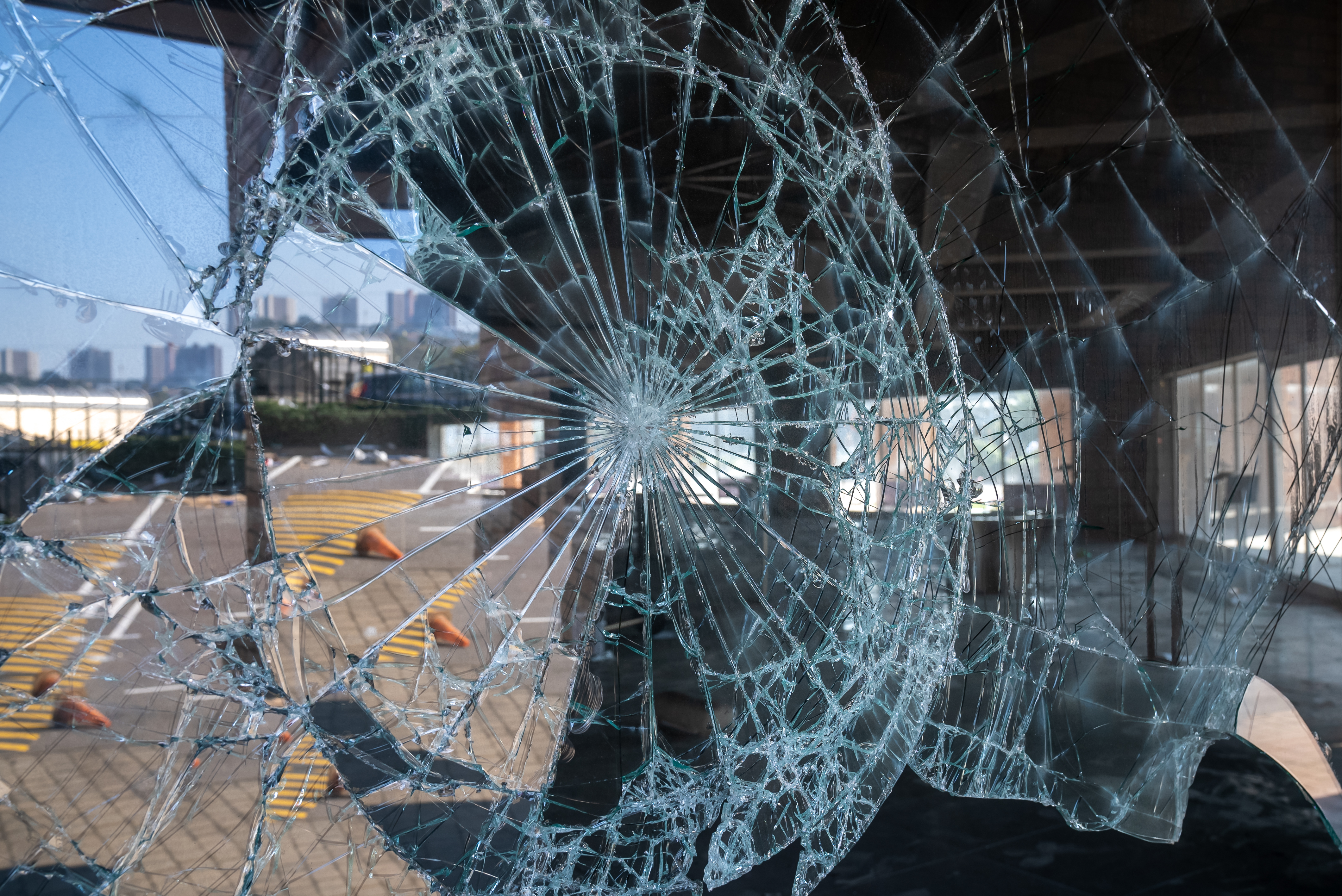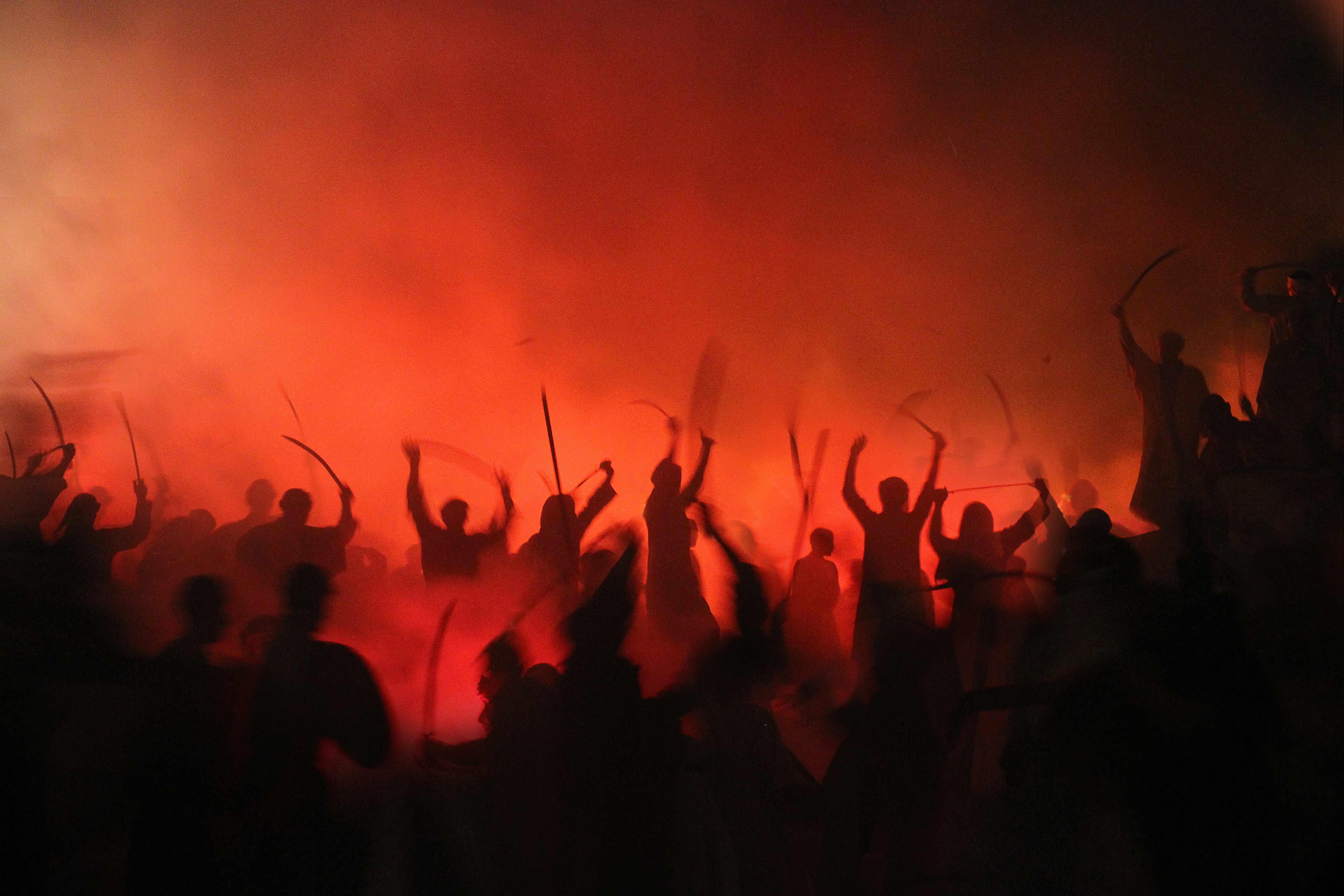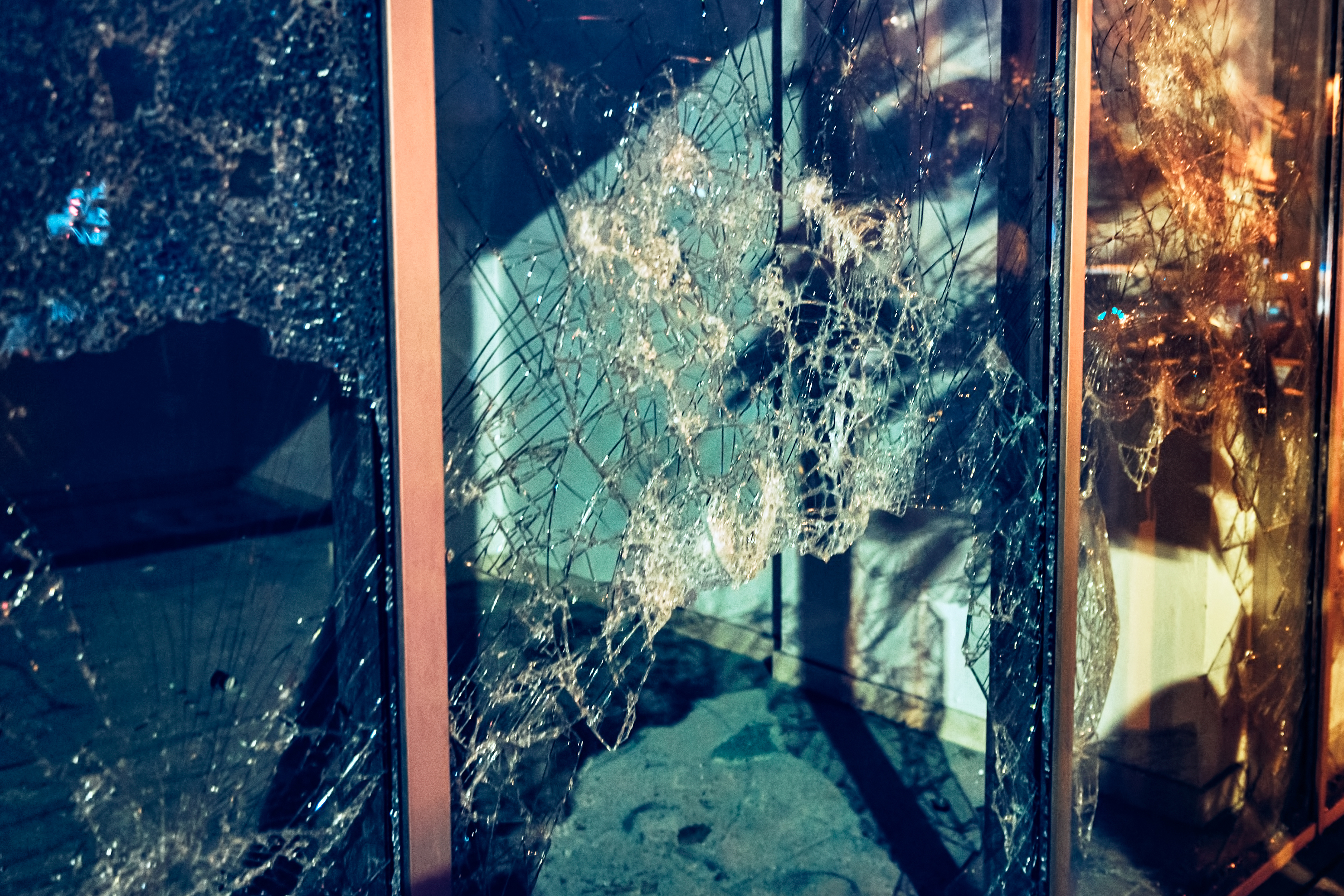Growing cocaine shipments to the Netherlands in recent years have been accompanied by an increased pervasiveness of violent criminal groups in the country. Markus Korhonen looks at the potential emergence of a Dutch narco-state.
Cocaine in Europe is increasingly abundant, increasingly pure, and increasingly associated with violence. The fragmentation of criminal groups both in Colombia and in Europe has resulted in shifts in the European cocaine market. Traditionally, established criminal groups such as the Italian ‘Ndrangheta dominated both trans-Atlantic shipments of cocaine into Europe, but also the wholesale distribution networks on the continent. As other criminal organisations from Albania, Belgium, the United Kingdom, Turkey and elsewhere have increased their presence across Europe, they have also challenged the traditional trafficking patterns of cocaine. With the oligopoly over trans-Atlantic cocaine shipments broken, the supply of cocaine on the continent has grown. But as more criminal groups jostle for control over the lucrative market, the violence associated with drug trafficking has risen dramatically. The expansion of organised crime with its parallel drug economy has led some to liken the Netherlands to an emerging narco-state.
A recent UNODC / EUROPOL report[1] into the cocaine trade from Latin America to Europe shows that the Netherlands and Belgium have now supplanted Spain as the key entry point for cocaine into the European market, with the Netherlands as the final destination of as much as 90 percent of the product entering Belgian ports. Cocaine seizures have grown steadily across Western Europe, particularly in the past five years. While drug seizure data is not a perfect indication of the availability of drugs in a particular country (the effectiveness of law enforcement plays an obvious role), it is one of the key elements of understanding drug markets and trafficking routes.
Narco violence in the NetherlandsPETER R. DE VRIES DERK WIERSUM REDUAN B STEFAN EGGERMONT GWENETTE MATHA |
A global (drug) hub
A strong infrastructure base interlinked with the rest of Europe, access to international air travel, and a logistical shipping hub make the Netherlands ideal for the global drug market. Lenient drug laws in place there since the 1970s have further contributed to the proliferation of trafficking and drug production, but also of violent criminal groups. Although overall violence is relatively low in the Netherlands, with a homicide rate below the European Union average, drug-related violence is increasing. And it has spilled from the underworld into legitimate society. The assassination of crime journalist Peter R. de Vries in Amsterdam in July was but the latest in a string of high-profile violent attacks or threats including against journalists, lawyers, and witnesses in criminal cases.
Dutch police have carried out a number of major operations against drug gangs, including seizures of large quantities of drugs at ports, raids against drug manufacturing plants, and arrests of high-profile individuals involved in the drug business. But police have raised concerns over their limited capabilities when faced with such significant opposition – a 2018 report by a Dutch police union suggested police resources only sufficed to tackle one in nine criminal groups. Corruption further undermines authorities’ efforts to grapple with the problem. A police operation in 2020 and 2021 found former police officials as well as high-level port authorities in Rotterdam and Antwerp to be involved in drug trafficking.
Distribution of cocaine seizure quantities in Europe, by country of seizure (two-year moving averages), 2000-2019

Source: UNODC and EUROPOL, September 2021
Becoming a narco-state?
The pervasiveness of cartel activity in the Netherlands, including violence, is some way off that of the likes of Colombia or Mexico. The parallel economy created by the trade in cocaine and other narcotics is significant, but it has not fundamentally eroded the institutions underpinning law and order in the country. Despite some high-profile incidents affecting civilians, most drug violence in the Netherlands currently affects those with direct involvement in the narcotics business. But the trends outlined in the UNODC / EUROPOL report are worrying, and suggest that if the flow of cocaine to the Netherlands and the rest of Europe is not curbed, the comparisons with narco-states may become increasingly apt.
[1] ‘The illicit trade of cocaine from Latin America to Europe – from oligopolies to free-for-all?’, UNODC and EUROPOL, September 2021.




 Email Markus
Email Markus





 @SRMInform
@SRMInform
 S-RM
S-RM
 hello@s-rminform.com
hello@s-rminform.com

